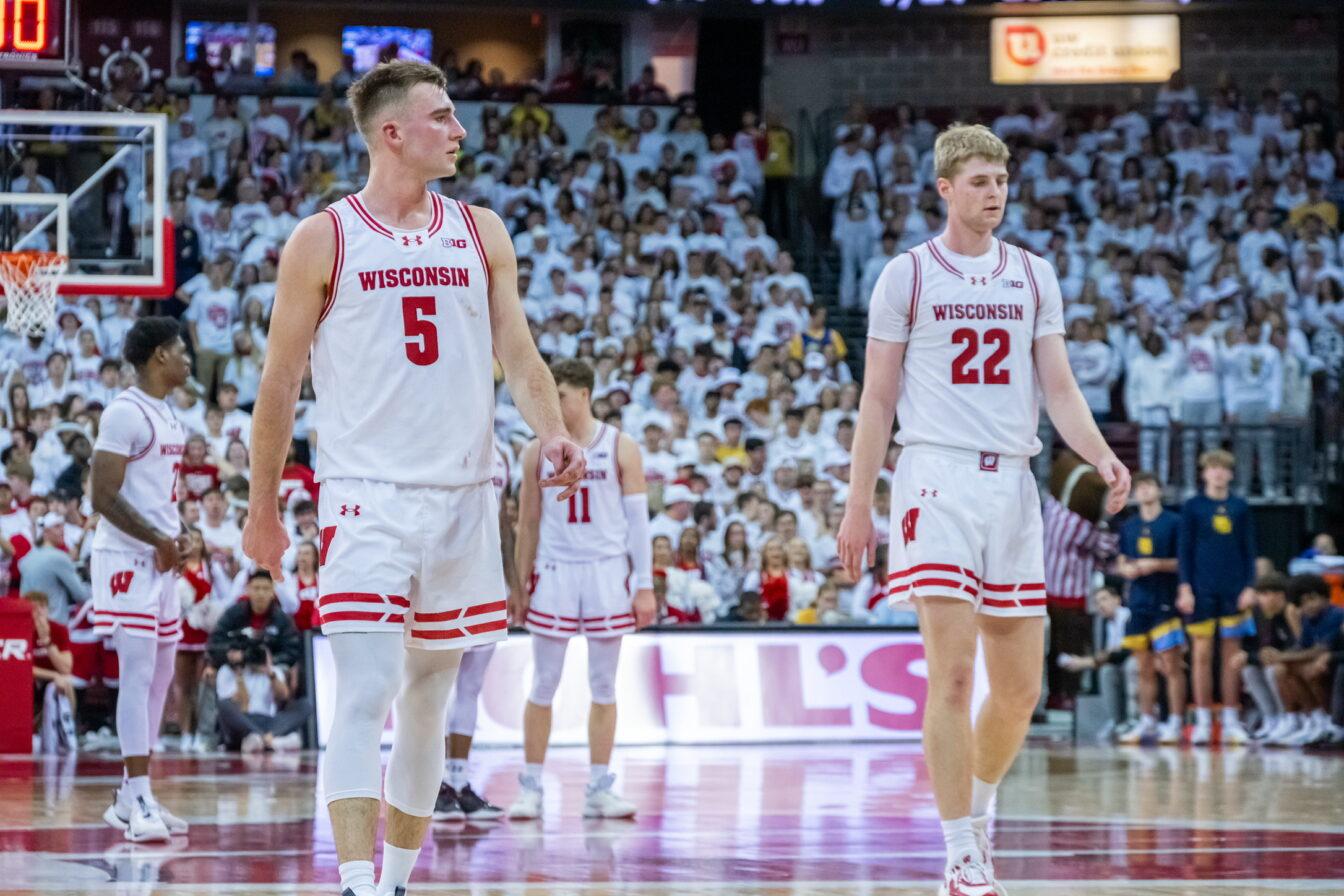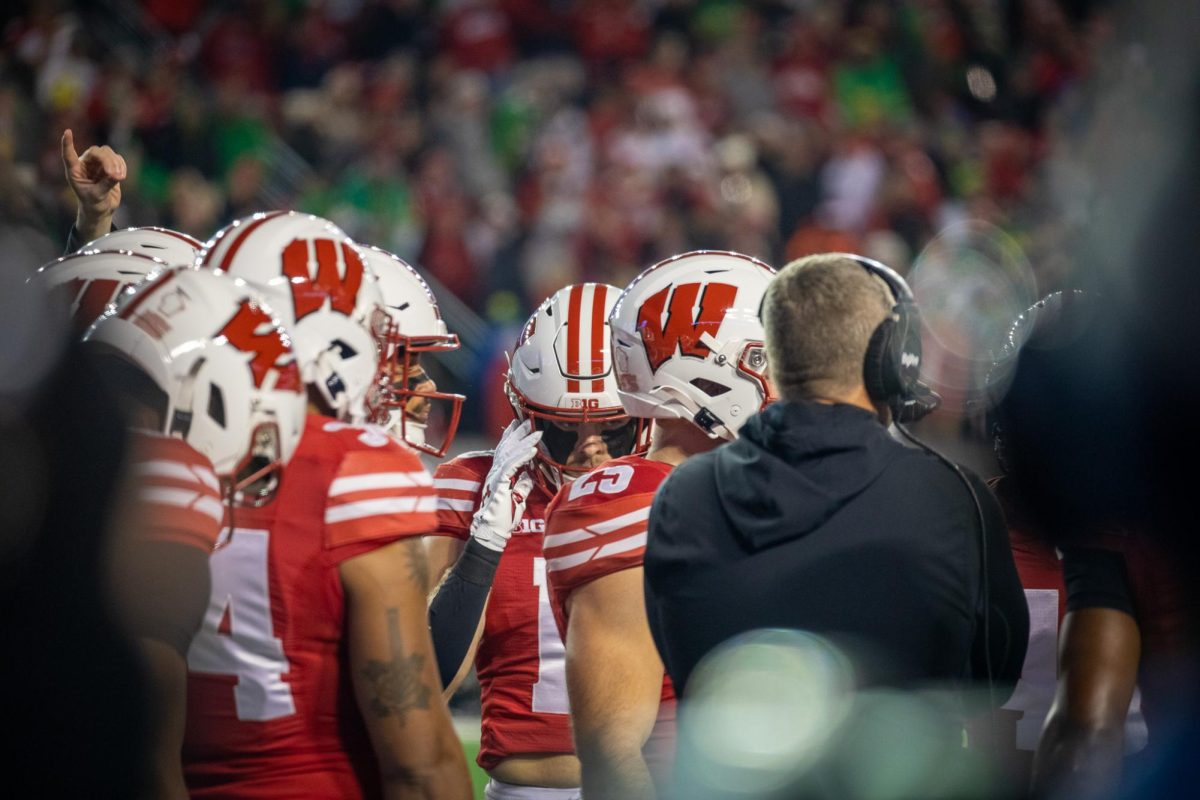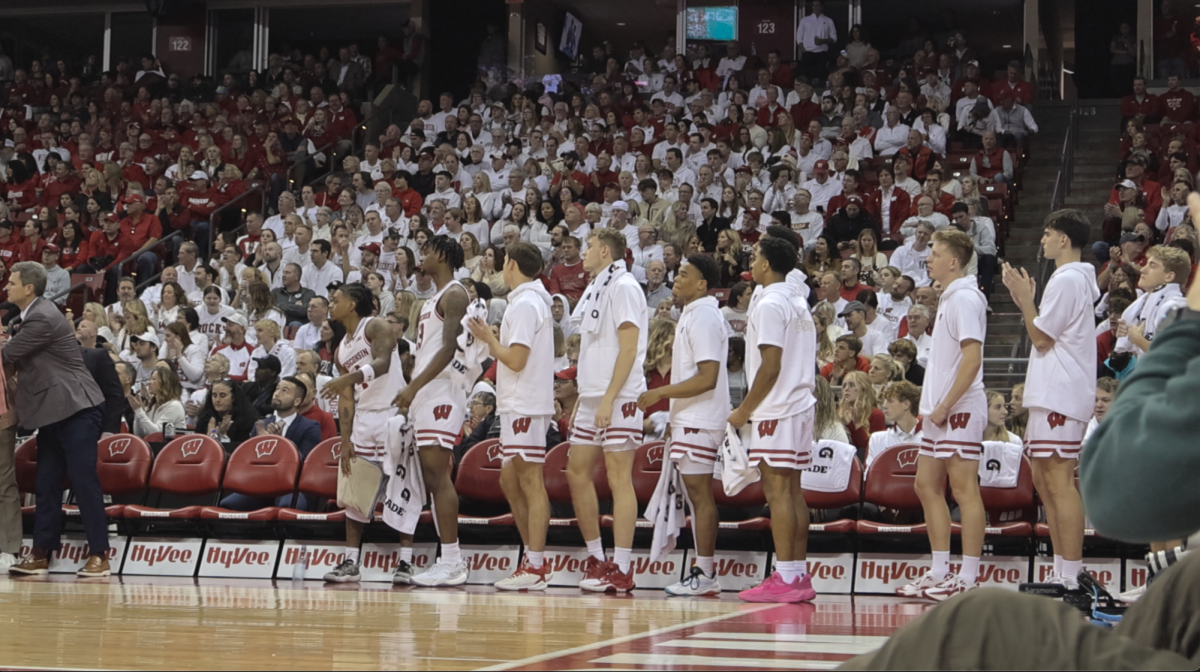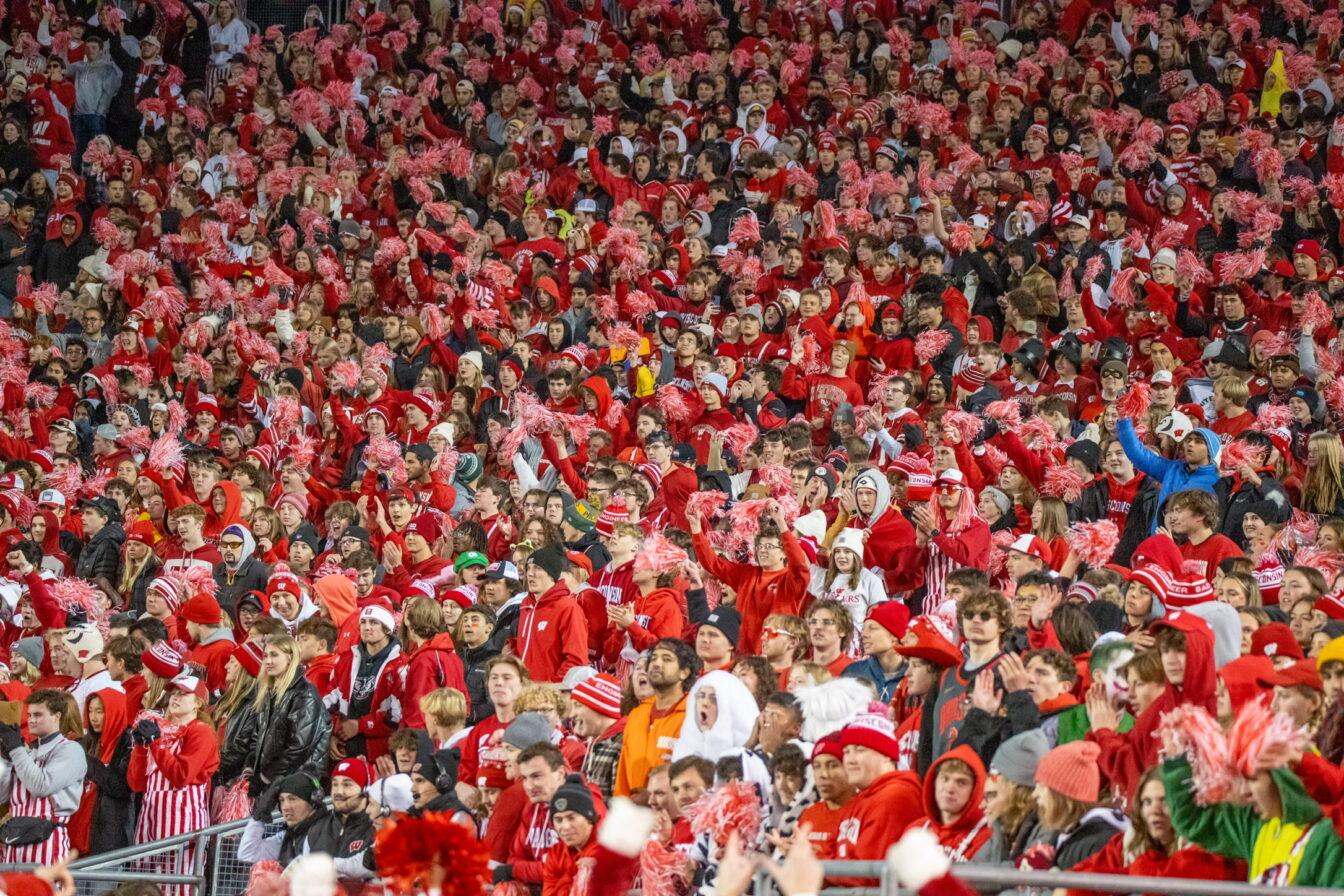Until last week, I was unaware of the impact Elroy Hirsch had on
UW athletics as we know them today.
I knew he was Wisconsin’s former athletic director, a one-time
NFL great and the cheery-looking old guy who started the annual
“Crazylegs” race in April.
But it wasn’t until Jan. 28, 2004, the day of his passing, that
I began to realize what he meant to this university, to its
students and to the state as a whole.
While conducting the research and obtaining the quotes I needed
to write the article about him for Thursday’s paper, I quickly
discovered why he is considered one of the state’s most unique and
celebrated figures.
Not only was Hirsch a decorated athlete and UW’s longest-tenured
athletic director, he was also a brief actor, a Marine Corps
veteran and a huge Badger athletics booster.
And, as I’d grow to realize over the next few days, he was also
one of the most respected and friendly people to ever grace the
city of Madison.
In Thursday’s Wisconsin State Journal alone, five separate
articles were written about the details of his life — from his
days as a standout tailback on the 1942 Wisconsin football team to
the impact he had while serving as an ambassador for Badger
athletics.
Hirsch was truly one of a kind, and the mark he left on the
University of Wisconsin will deify him forever.
When he left his front-office position with the Los Angeles Rams
to head up the UW athletic department in 1969, Badger athletics
were seemingly in a state of disrepair.
The football team was in the midst of a 20-game winless streak,
the athletic department was $200,000 in debt, and the school’s most
respectable sport, boxing, had been abolished nearly 10 years
previously.
During his 18-year tenure as UW’s athletic director, Hirsch
served as the cornerstone of the Badgers’ rise from mediocrity, and
virtually put Wisconsin on the map as far as collegiate athletics
are concerned.
In just four years on the job, he helped increase the average
attendance at football games from 43,000 to 70,000 — a feat he
accomplished with “his personality — nothing else, just his
personality,” according to long-time UW athletics supporter Butch
Strickler.
It’s difficult for many people in our generation to even fathom
an unpacked Camp Randall stadium on game day, but Hirsch is part of
the reason why a Badger game has become less of a game and more of
an event.
The football team only put together six winning seasons and was
invited to just three bowl games during his tenure as athletics
director, but UW still ranked among the nation’s leaders in
attendance throughout the ’70s and early ’80s.
“I think his legacy is the spirit that we see at Wisconsin
games, that attitude that it’s supposed to be a fun event and we
want to win, but it’s not the most important thing,” said UW band
director Mike Leckrone in Thursday’s Wisconsin State Journal. “He
had a magic about him. I can’t put it any other way.”
For me and many other people throughout the state, this magic is
celebrated every spring with the annual “Crazylegs” race.
Most of the events’ participants couldn’t care less what their
time is when they cross the finish line. Instead, it’s more about
getting off your duff, having a good time and feeling a sense of
accomplishment — and something tells me that’s the way Hirsch
intended it.
Whether it’s the looping of Survivor’s “Eye of the Tiger” by
residents of Breese Terrace and Lathrop Street while you run by or
the opportunity to run through the tunnel of Camp Randall and give
Hirsch a high-five to finish the race, the event has an appeal that
draws more than 10,000 participants a year.
The Mifflin Street Block Party and the NCAA college basketball
tournament notwithstanding, Hirsch’s five-mile run/ walk has
gradually become my favorite springtime event.
This April’s 23rd annual “Crazylegs” Run will be unlike any
other, though, as it will be the first time in the event’s history
“Crazylegs” himself will not be there to start the race.
I never had the privilege of meeting Hirsch, but after talking
to a friend of his about who he was and reading compliment after
compliment about what he represented, I now realize why he is
widely considered to be the state’s most prized athletic icon.
On the first day of class in a history course I took my freshman
year, the professor asked us to name five people, living or dead,
we’d most like to meet. At the time, I had a difficult time
narrowing down my list of names. Something tells me, though, I’d
now be narrowing it down to a list of four.







